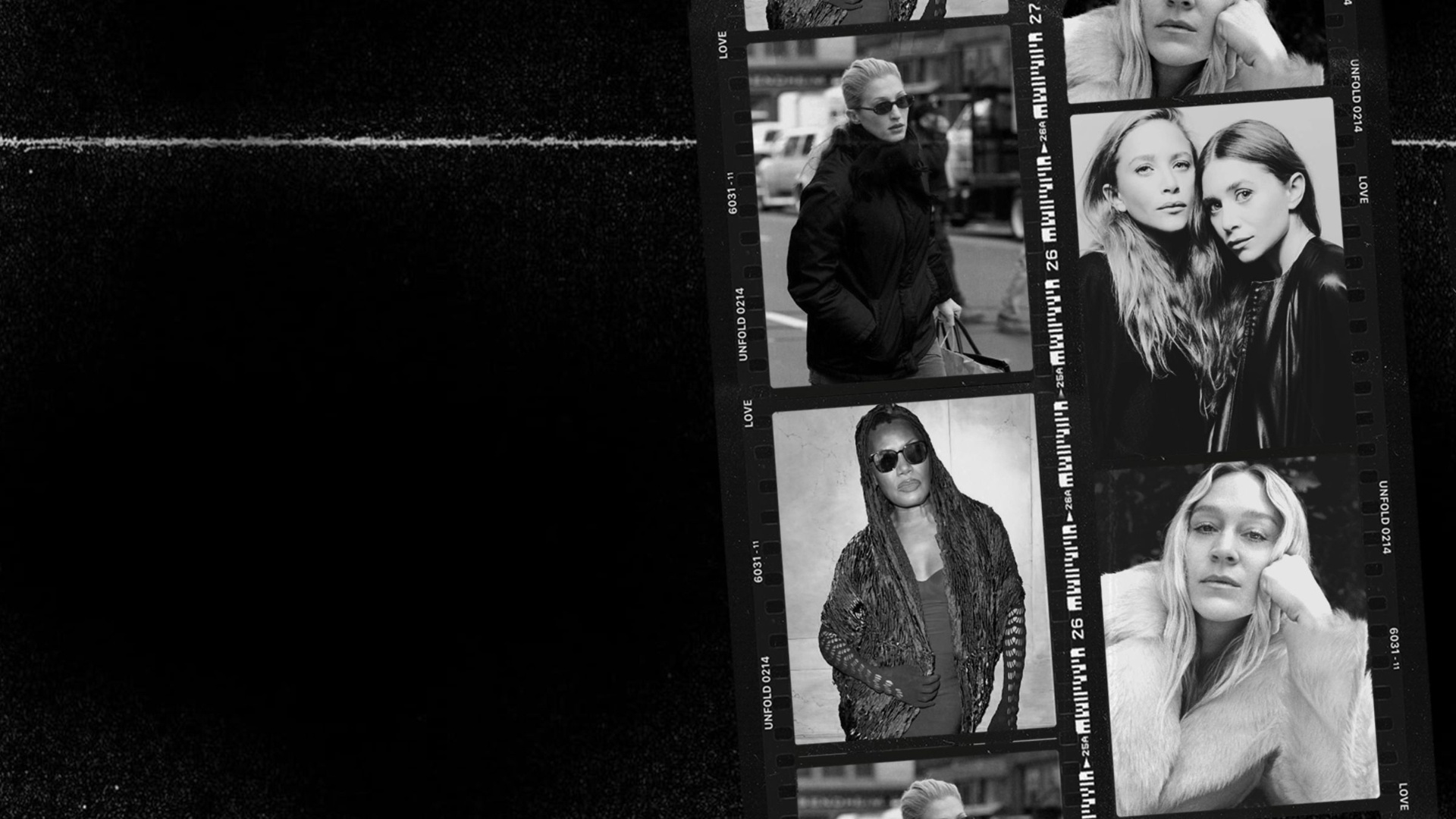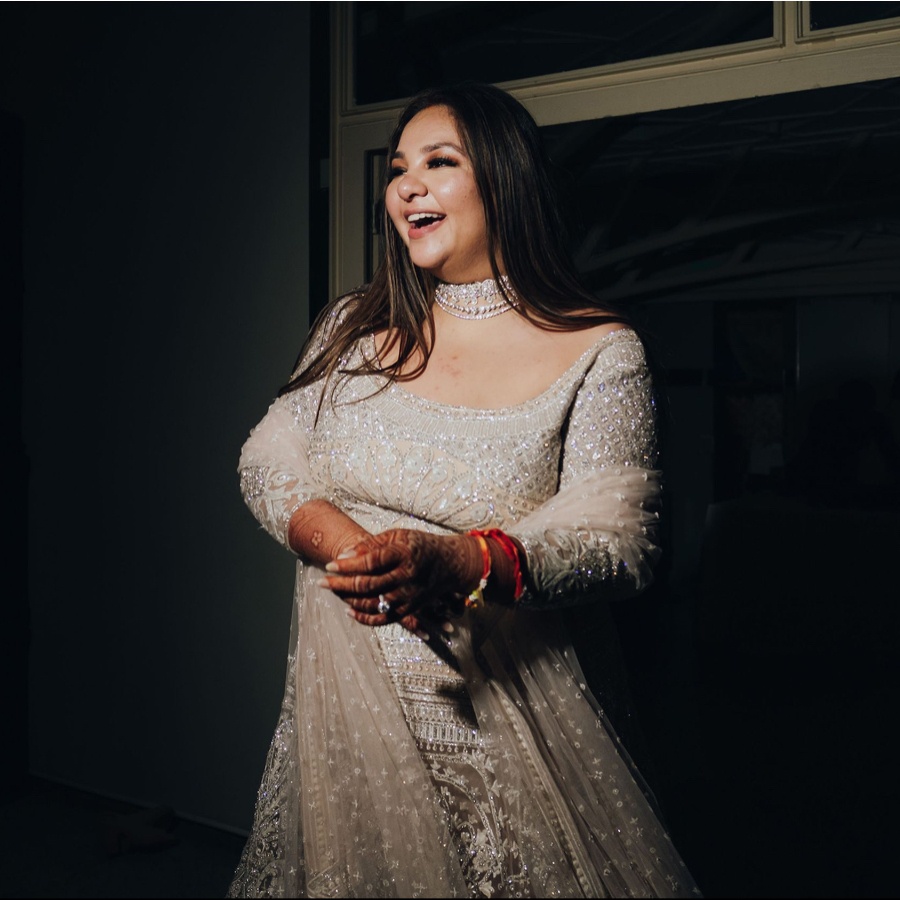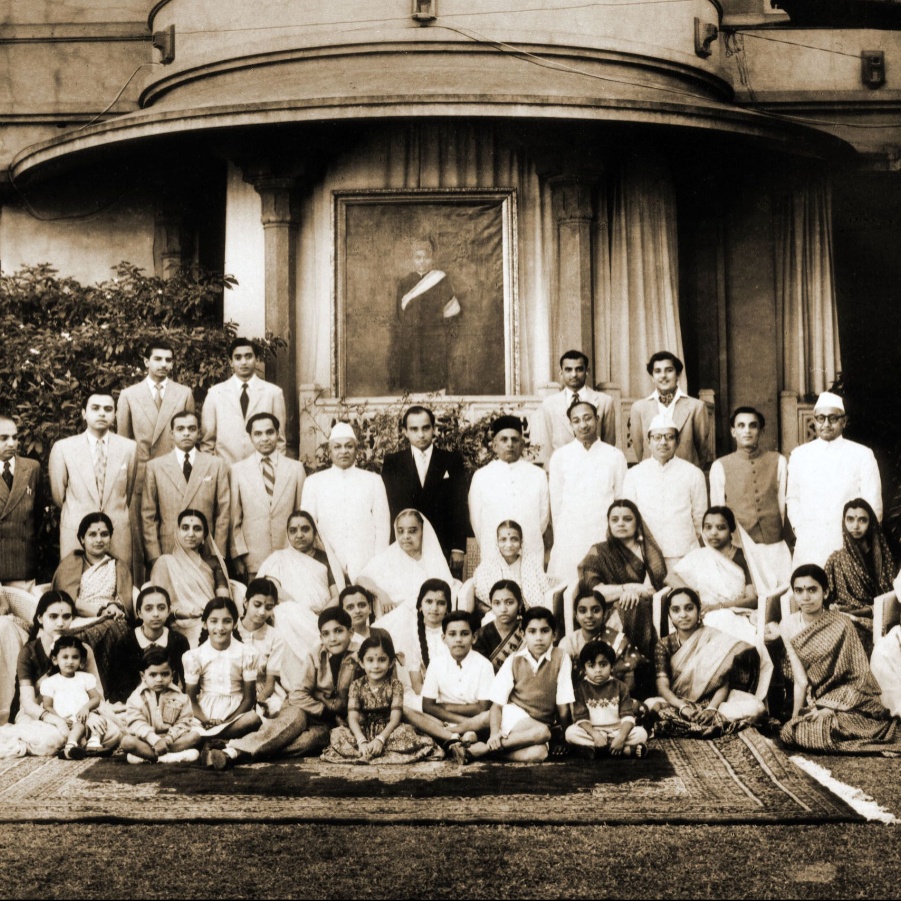Have you ever looked up the word ‘it’? Don’t. It’s a pointless exercise. I’ll save you the time—the Oxford Dictionary states that the word is “used to refer to an animal or thing that has been mentioned before”. Grammatically, the definition is clear; contextually, less so. It doesn’t work, say, if we are looking at the ever-trending fashion tag of an It girl.
The first It girl was Clara Bow, a 1920s actor who starred in the silent film It (1927), our introduction to the notion. Her character, blithely unaware of how she was a heady mix of ingénue and femme fatale, beguiled anyone who crossed her path. Bow later admitted to the press that she didn’t really know what ‘it’ was, but suggested that Marilyn Monroe and Lana Turner were comparables. Five decades later, the moniker resurfaced with gusto, thanks to an article in the The New York Times that dubbed singer Diana Ross as an It girl. According to The Times, “having ‘it’ means having not just sex appeal but also talent, personality, and the most difficult of all performer qualities to define, charisma.”
The truth is that defining this unknown quality was and is still a nebulous task. Many have tried. Rudyard Kipling wrote in a short story titled Mrs Bathurst in 1908, “Tisn’t beauty, so to speak, nor good talk necessarily. It’s just It. Some women’ll stay in a man’s memory if they walk once down a street.” Or ’90s pop culture writer Jay McInerney, in a feature on Chloë Sevigny in The New Yorker, claimed, “Chloë is the It Girl with a street-smart style and a down-low attitude.” At that time, Sevigny had just starred in a Sonic Youth music video, modelled for an indie label, and been cast in an independent film called Kids. McInerney concluded that, “An ‘It’ girl is an amateur in all things...you know, a sort of supreme dilettante.”
A century on, the enigma remains unsolved. New York Magazine laboriously dedicated an entire issue to the matter in 2023, researching, ruminating, and interviewing past It girl nominees. The usual suspects like the Hollywood hangers-on, socialites, and heiresses didn’t make the cut. The magazine’s pantheon was eventually revealed with eight different cover stars, which included Grace Jones, Edie Sedgwick, Chloë Sevigny, and Carolyn Bessette Kennedy. The last entry was an unexpected one for me. As the author of the first dedicated fashion book on her (CBK: Carolyn Bessette Kennedy: A Life In Fashion, 2023), in which she is acknowledged by the world’s fashion leaders such as Yohji Yamamoto, Wes Gordon of Carolina Herrera, and Michael Kors as their design muse, I never considered her as prime candidate. Did she have ‘it’? What’s the difference between a muse and an It girl? Edward Enninful, the former editor-in-chief of British Vogue, wrote the preface to my book and worked with her at Calvin Klein in the ’90s. Within minutes of our conversation, he said, “she just had it...either you have it or you don’t, [it’s] a gift you are born with.” Manolo Blahnik, the shoe designer, also recalls her as someone who “knew herself, she didn’t care about make-up, jewellery”. He adds, “Carolyn had it, that little bit extra that people strive or kill for.” I do admit, one of my motives for writing the book and its running global appeal is because 25 years after her death, there is still something about her.
Ironically, the publicity interviews following the book release would repeatedly circle back to the holy grail of fashion questions—who is our modern-day equivalent? I must surely know the answer? Yes and no. There is a clear divide in my mind: It girls then and It girls now.
The former seemed to just live their life (uninfluenced by public sway) with style, aplomb, and this kind of magnetism that just holds us. McInerney was proved wrong about Sevigny, who metamorphosed from an “amateur in all things” to become a successful actor, her most recent role (ironically) in Ryan Murphy’s miniseries Feud: Capote vs. the Swans, as It girl, CZ Guest. In fact, all the women featured in the 2023 New York Magazine special excelled in their field; their independence, and intelligence were equally matched by their beauty and style. And this separated them from the rest, made them simultaneously inspirational and aspirational to all. Men adored them and women wanted to be like them. Those It girls speak to us even now because they knew who they were. Bessette Kennedy’s It-ness or muse material was essentially a reflection of herself, her inner confidence. As one of Carolyn’s closest friends said, when I spoke to her for my book, “Nobody owned Carolyn or told her what to do”. It’s what drew JFK Jr to her and I am pretty sure that if she were alive today, she would roll her eyes at the very suggestion of being labelled an It girl.
Today, an It girl is at once a DJ, a writer, a girl about town, a model, an influencer, a presenter with a beauty or cashmere collection in the pipeline.
But these days, there is a whole team serenading the It girls and telling them what to do: stylists, hair and make-up artists, and most likely their PR, all directing and engineering every aspect of their brand. Today, an It girl is at once a DJ, a writer, a girl about town, a model, an influencer, a presenter with a beauty or cashmere collection in the pipeline. You see her at fashion shows, parties, changing her outfit a few times a day, travelling first class, documenting every fragment of her life, which is exposed and laid bare for anyone to see. She is a sign of our times, particularly of our social media-driven times, where we demand this of her. She is clickbait, with likes and followers dictating her every move. And there lies the separation of what I think makes an It girl now and what it meant previously. Will we remember these girls of today in time to come? Most likely not. Perhaps they really do just exist in the moment.
So who is the It girl of now? I'd say Mary-Kate and Ashley Olsen are the best examples, simply because they don’t need the stamp to justify their existence. They are successful actors and now fashion designers of the brand The Row. They carry their life and style exactly how they want, with no care for the outside world, and they safeguard their privacy and integrity to the core.
They, and all the It girls from past history, adhere to the old-school rules with their unaffected attention to their life and style, their inner assuredness. They did what they did (and do what they do) to please themselves, not anyone else, and we women of today could learn a thing or two from them, and reclaim that power. We can all hold ‘it’ if we love and admire who we actually are as individuals and allow our style to reflect that confidence. That doesn’t mean you can’t be a fashion follower, but do it for yourself, not to seek a ‘like’ from the outside world. As one of my absolute favourite It girls (I would never dare to call her that to her face), Grace Jones, famously declared: “In a room full of people, want yourself first.”
CBK: Carolyn Bessette Kennedy: A Life In Fashion by Sunita Kumar Nair is available on Amazon.in




